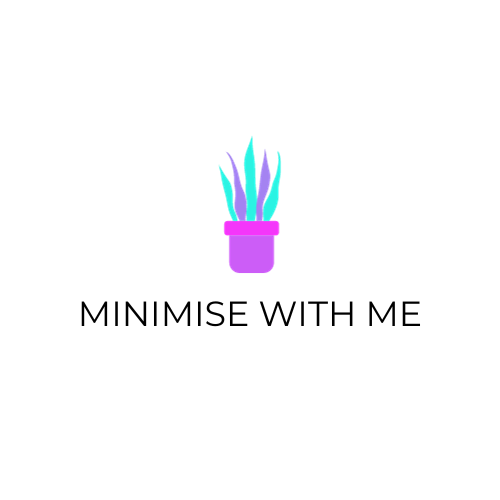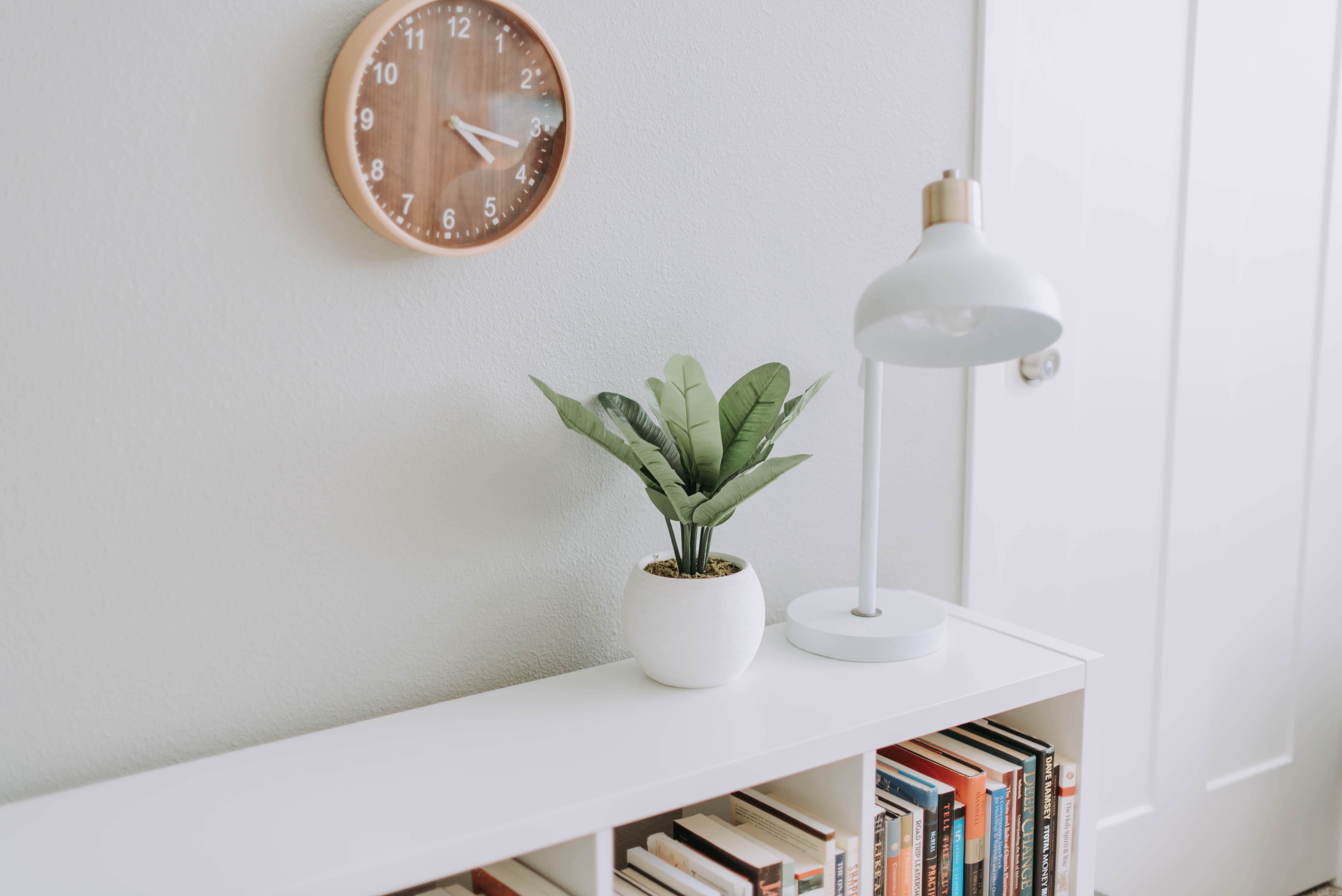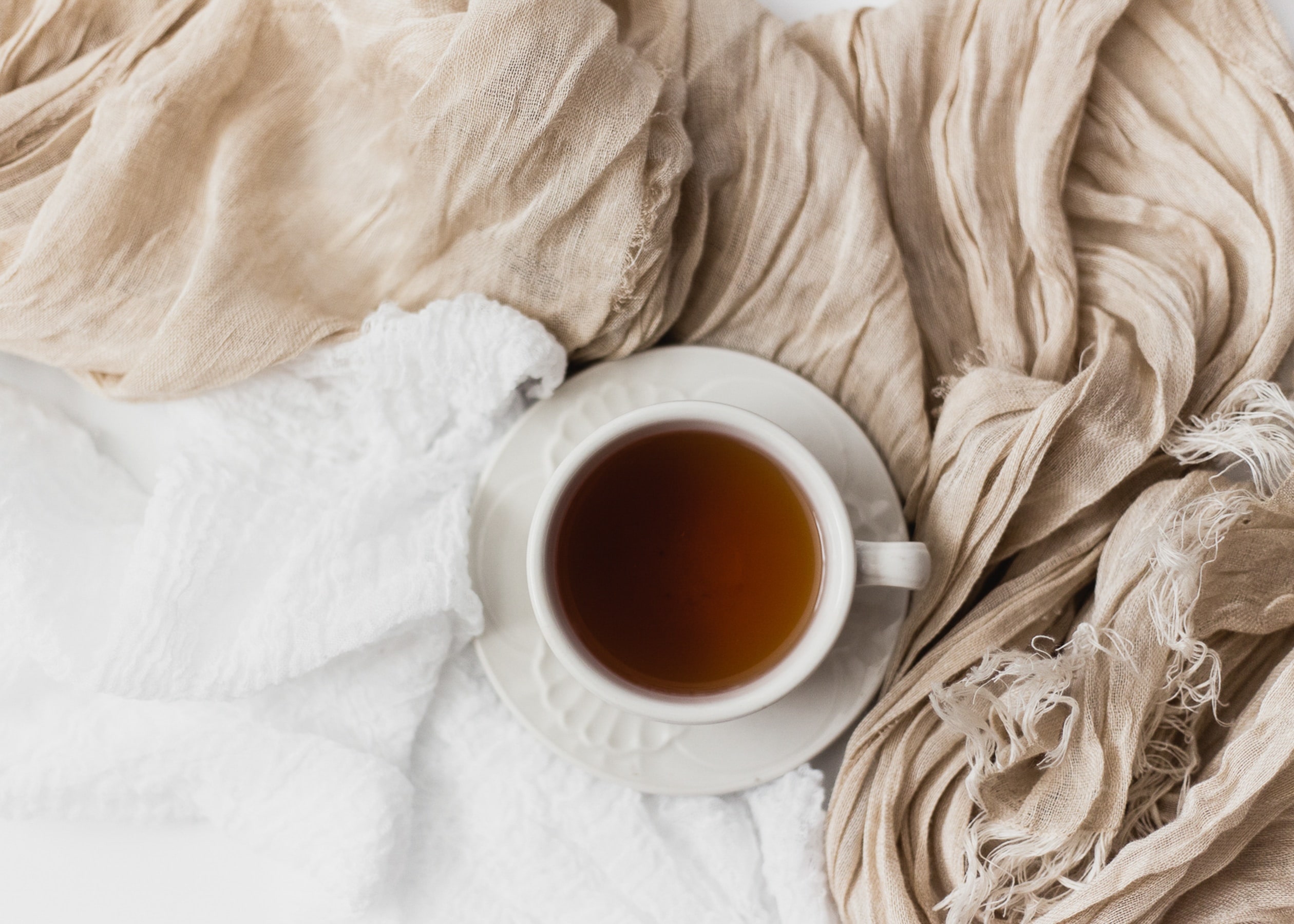**This post contains affiliate links. If you make a purchase of a product from the links in this post I will receive a small commission, at no cost to you. This allows me to keep my blog advertisement free and support the running costs of my blog. I only recommend products I believe will add value to others and that I love myself.**
Since discovering Minimalism and trying to lead a more intentional life, I become pretty interested in reducing my environmental footprint. Through my research I stumbled across a new lifestyle called Zero Waste Living. It’s something that over the past couple of years I have become quite passionate about learning as much as I can about it. I was extremely curious about what I could do to limit my impact on the environment.
After decluttering over half of our belongings I realised that our household had been contributing to unnecessary waste. I wanted to take steps to minimise this in the minimising process. And so whilst decluttering our home, I tried to thoughtfully dispose of everything. By either selling it to someone who would love it, donate it to someone in need or passing the items on to friends and family. I even went as far as keeping damaged items such as a large bag of old CDs and a broken microwave that I knew could be recycled at our local councils recycling collection event rather than letting them end up in land fill. If something could be recycled or passed on in some way, I was going to find it and do everything I could to keep it out of landfill. It just felt right. And hey, I brought all that unnecessary crap into my home, it was my responsibility to dispose of it in an intentional manner.
The passion to reduce my waste footprint grew from there after watching the first three episodes of ABC’s #waronwaste. I was amazed to see how much the families in the show had reduced their waste with a small amount of information and effort. I wanted to do the same, so I set myself a challenge to be more conscious of our waste management and recycling. After the first fortnight, we went from having a full waste bin to just a half full small shopping bag of house hold waste for the fortnight. I was amazed at how a small amount of education helped us to drastically reduce what we were sending to landfill and knew I wanted to do more.
I have since taken small steps to implement new, environmentally friendly consumption habits into my life. I’m in no way perfect, who is, but I feel like I have made some amazing progress in a small space of time. If you are as passionate about myself about doing your part for the environment and keen to learn more on ways that you can consume less, and live with more intention when it comes to your household waste habits check out this Beginners Guide to Going Zero Waste!
What is Zero Waste?
Zero Waste is all about reducing what waste we make in our household. This includes any food scraps, recyclables and general household waste. Going Zero Waste aims to recognises the environmental impact your consumption habits are having on the environment and eliminate as much of it as possible. It can be as extreme or relaxed as you want it, but every effort you make goes a long way!
Every bag you bin, unnecessary piece of paper you print, food you waste needs to be recycled in some way or disposed of in landfill. When you start to pay attention to what you are throwing out week after week it really is eye opening as to how much waste we are creating and throwing away.
How you can get started?
The best thing about going zero waste is there are so many amazing blogs and articles or videos about how you can reduce your environmental foot print. I started my ‘Zero Waste Journey’ by swapping out a few disposable items for reusable ones and getting a little crafty with how I used products in my home.
I started with just the easy stuff I could think of and recommend that for anyone wanting to adopt Zero Waste Living. You can always start with the easy stuff and add in more with trial and error as you go.
These are the things I did to begin my Zero Waste Living journey.
1. I replaced disposable beverages with a reusable alternative
We used to buy a 24 pack of water bottles once every fortnight. Just think, our bottled water use alone was contributing to 48 bottles of waste every month, not including our other drinks! We made the decision to stop buying these bottles an instead invested in a water filter jug to have at home. We got this one from Kmart and a stainless steel drink bottle which meant we no longer needed to buy those polluting bottles of water. Not only were we saving the environment but about $200 a year.
We didn’t stop there. I am not a coffee drinker so this wasn’t such a biggie for me but as soon as I discovered how many coffee cups ended up in landfill – all of them – I was shocked and alarmed. I had no idea that due to the waterproofing material in coffee cups that they were not recyclable. My husband is a two-a-day coffee kind of guy (I’m sure it’s actually more… XD) so as soon as Christmas rolled around I grabbed him a custom designed Keep Cup, a beautifully curated black and white design by yours truly. We ended up getting gifted another one from a friend (which I have adopted for my occasional white hot chocolate usage) and they are an amazing zero waste alternative. They are quality, dishwasher safe (you know you are old when that is exciting news!), keep your drink super warm (hot even!), come in a variety of shapes and sizes and stop those unrecyclable coffee cups from going into landfill. The next time you go for your morning coffee, bring yours along and give the environment one huge leg up!
2. Stopped buying single use straws
After learning what I could about the correct way to recycle, I couldn’t help but notice one of the things that we were binning still were disposable straws. According to StrawNoMore.org, 500 million straws are used every single day in the USA alone. That is a HUUUUGE number of straws for one country! The problem is they take so many resources to make, the plastic, energy, transport etc and only seconds to use, but never break down. Straws not only cause environmental disaster but are a huge problem for marine life. I once saw a straw being pulled out a turtle’s nose and that still bothers me to this day. No turtle or other animal should be harmed by our waste. Pledge to say #notothestraw today and swap your disposable ones out for one like these Ever Eco Reusable Straws which I have been using for the past year. They’re super easy to clean and don’t harm the environment. Or simply go without a straw, I promise – you will be fine 🙂
3. Switched to reusable make up pads
Another thing still in my red waste bin each week, even after recycling everything I could were my disposable make up remover pads. I’d had these on my wist list for ages and recently bought and tried my first set of Reusable Make Up Pads. I am definitely keen to keep these in my zero waste favourites list. I simply use them with moisturiser at night and soak them before throwing them in the wash. Easy! No more disposable make up pads in landfill and I have saved myself the cost of future make up remover pads!
4. Reusable pads
The hygiene line of zero waste products was something I didn’t jump on board with straight away but after a while I realised how unhealthy it was to buy chemical laden products for *ahem* ‘those areas’. Not to mention the cost month after month, year on year. I decided to give these Reusable Pads a go and found that they weren’t as bad as I had first thought.
Full warning, slight TMI coming; Despite thinking the cleaning process would be gross and unpleasant I didn’t really find it that bad at all. And periods are just something that happen, so the sooner we can get over any grossness, the sooner we can limit the chemicals near our bodies, start saving some serious cash and most importantly limit our environmental impact.
Being a finance blog I couldn’t resist mentioning the long-term cost savings of this switch. Let’s estimate the cost savings at $5 minimum a packet, this reusable option would be at least a $60 saving a year. That could be much better spent on a massage or high tea with friends (or straight to that debt – again, finance blog 😉 )!
5. I found alternatives to disposal food wrapping
Every time I was cooking I found myself extremely bothered by the waste that brought with it. Cling wrap, sandwich bags, paper towel, foil and baking paper were used once and binned, previously without a thought. But now I was much more conscious of what I was binning I couldn’t stand by and continue my unintentional waste of single-use items. Here I had a few methods to change my household waste.
– I used Bees Wax Wraps to wrap food instead of single use products. These are great for wrapping sandwiches or bread, cheese and fruit and are easily washed and reused. They also come in the cutest designs and different sizes so that was a bonus!
– I avoided using sandwich bags unless I really needed to. When it came to meat products in the freezer I was still stuck using a freezer bag (working to replace this), but where I could avoid it I would. I started to use containers as much as possible for food rather then storing them in bowls or plates with foil or cling wrap.
– A friend recommended I use and IKEA cooking mat for a baking paper replacement which has worked a treat so far. It’s sold as a preparation mat but seems to be effective for both uses.
– I started using microfibre cloths over paper towels where I could which was about 95% of the time. They can be washed and reused up to 500 times each vs a single use paper towel. The choice for me was an easy one!
– I started to implement some frugal methods to reuse what I could. I did my best at reusing sandwich bags by labelling them and using them again and again for like items. I have three in my freezer currently for spring onion, regular onions and red chillis. Rather then emptying the packet and binning them and getting a new one we can simply put them back in the freezer and reuse them when we are ready.
6. I started carrying a reusable bag with me everywhere
In Australia, there has been a growing campaign #saynotothebag and it seems to be really making it’s mark. From July 1st 2018 supermarkets have been phasing out single use plastic bags, so I have got into the habit of carrying at least one with me at all times. I cannot tell you the amount of times I have been able to turn down a plastic bag recently because I had my own with me. That alone has made a huge impact on achieving my zero waste goals. And I must admit, I am more than looking forward to not being swamped with bag after bag in my cupboards that seem to just multiply and never end.
What else can I do to achieve Zero Waste?
These were just a handful of things I have done on my Zero Waste Journey but there are many more that you can try. I recommend you start with the ones you feel most excited to try out and work your way to the others that will be a bigger transition!
Here’s another 25 Zero Waste Tips for you to try out for your home:
[Photo: Sylvie Tittel]
If you found value in this post I would be super appreciative if you could share it with others who might also find value in it 🙂
![]()




